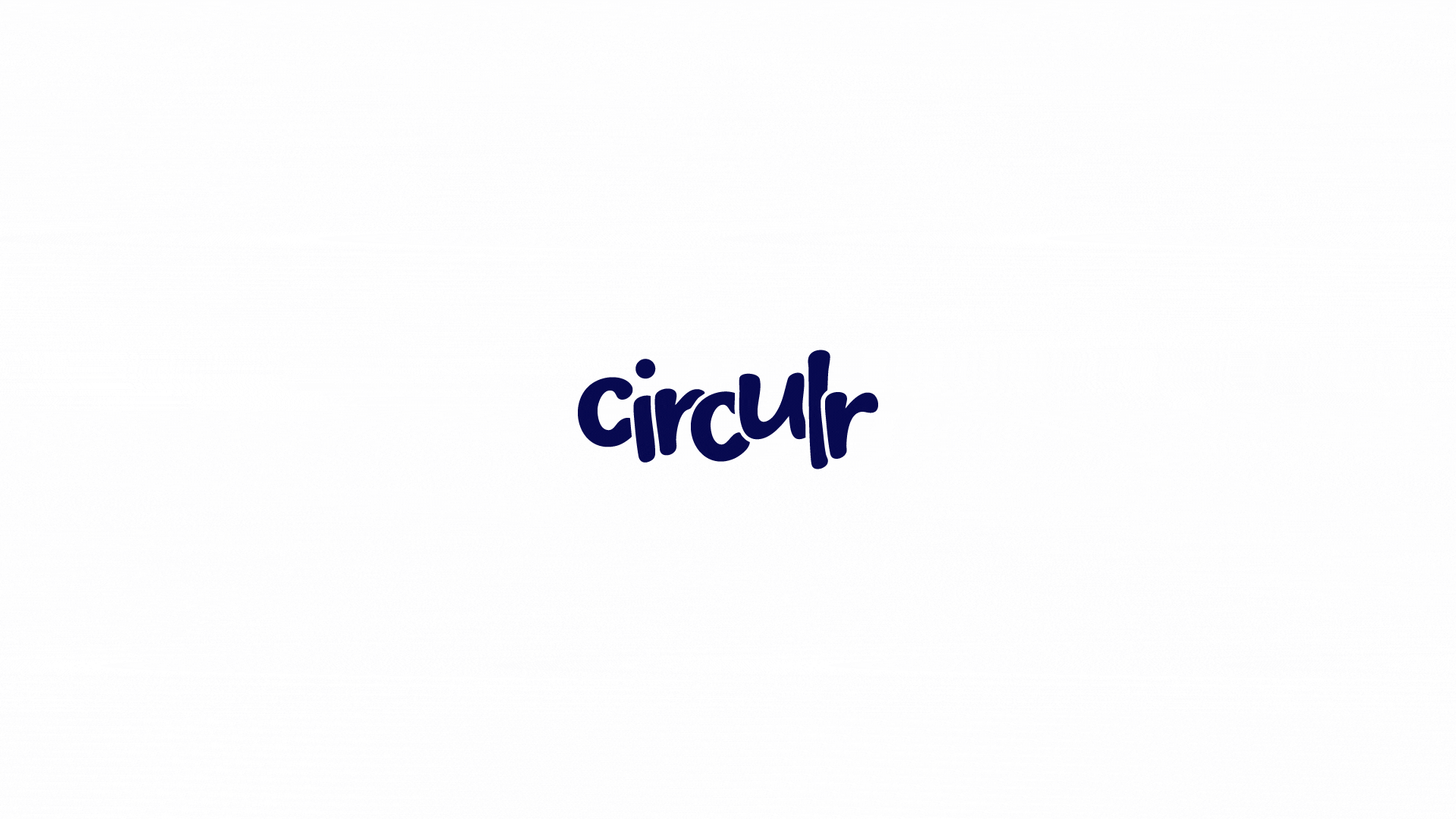The Hidden Cost of Your Paper Habit—And How Bamboo-Based Products Can Fix It
You know that innocent stack of notebooks on your desk? Or that “eco-friendly” paper grocery bag you feel good about? Yeah… I hate to break it to you, but we’ve all been lied to.
Let me paint a picture: Last year, I proudly switched to paper straws to save the turtles. Then I found out making those straws probably killed more trees than a beaver on an energy drink. Talk about a guilt trip! Turns out, paper’s dirty little secret isn’t just about chopping down forests—it’s sucking our planet dry in ways that’d make a vampire blush.
But don’t panic yet. The solution isn’t to boycott paper entirely (we’re not cavemen). Instead, we can pivot to bamboo-based products and eco-friendly paper alternatives that let us live sustainably without sacrificing convenience. Let’s dig into the ugly truth—and the game-changing fixes.
1. Paper’s Midlife Crisis: Why Your Notebook is Low-Key a Villain
“But it’s just paper!” – Said everyone before they saw the receipts. – The Water Hog
That one sheet of printer paper you just tossed? It gulped down 10 liters of water to exist. To put that in perspective: You’re basically throwing out 5 Evian bottles every time you print a meme. Multiply that by the 420 million tons of paper produced globally each year, and suddenly, the paper industry’s thirst rivals that of a desert cactus in July.
Tree Serial Killer Mode
The paper industry clears forests faster than my dog inhales bacon. We’re talking 27,000 trees DAILY just for toilet paper. Let that sink in: an area the size of football fields is leveled every minute to make products we use once and toss. This isn’t just about losing trees—it’s about destroying habitats, eroding soil, and destabilizing ecosystems.
Climate’s Frenemy
Paper production coughs up 2% of global CO2 emissions—that’s more than all the airplanes in the world combined. Deforestation for paper also robs us of critical carbon sinks, creating a vicious cycle where fewer trees mean more CO2 in the atmosphere. And here I thought my 3-minute showers were saving the planet!
2. The Chemical Romance (But Not the Fun Kind)
Think paper’s all wholesome like a grandma’s quilt? Think again. That crisp white notebook page is basically a toxic ex:
Bleach Drama
To get that Insta-worthy bright white, companies drench paper in chlorine and other harsh chemicals. This creates dioxins—the same nasty stuff that turned Agent Orange into a war criminal. These toxins seep into rivers, poisoning aquatic life and creeping into our drinking water. Fish aren’t exactly thrilled about this plot twist.
Landfill Tinder
“But paper biodegrades!” Sure, if you ignore the 26 million tons of it rotting in landfills yearly. As it decomposes, it belches methane—a greenhouse gas 25x meaner than CO2. Even “recyclable” paper often ends up trashed due to contamination (looking at you, coffee-stained memos).
3. Bamboo-Based Products: The Overachiever of Sustainability
Here’s where I stop ranting and give you hope. Meet bamboo—the Usain Bolt of plants:
- Grows 3 feet in 24 hours, regenerating without replanting.
- Needs ZERO pesticides—it’s naturally pest-resistant.
- Uses 65% less water than tree-based paper production.
Switching to bamboo-based products like toilet paper, notebooks, or packaging isn’t just a trend—it’s a lifeline for forests. Bamboo’s rapid growth and minimal resource demands make it the MVP of eco-friendly paper alternatives.
But Wait, There’s More!
- Hemp Paper: Used for centuries, hemp grows faster than trees and requires no chemical fertilizers.
- Stone Paper: Made from limestone waste, it’s waterproof, tear-resistant, and 100% tree-free.
- Recycled Paper: Closing the loop on waste reduces demand for virgin wood pulp.
4. Your Action Plan (That Won’t Ruin Your Life)
You don’t need to live in a yurt or swear off Post-its forever. Try these painless swaps:
For Your Home:
- Bathroom Upgrade: Swap to bamboo-based toilet paper (brands like Cloud Paper or Who Gives A Crap). It’s softer than your ex’s promises and saves trees with every sheet.
- Kitchen Fix: Use reusable cloth napkins or Swedish dishcloths instead of paper towels.
For Work:
- Note-Taking: Apps like Evernote or Notion cut paper clutter. Bonus: No more losing your grocery list.
- Printing: Opt for tree-free paper from brands like Decomposition Book or Tree-Free.
For Corporations:
- Ditch plastic-coated paper cups and receipts.
- Invest in algae-based inks and recycled packaging.
5. Circulr: Your Gateway to Eco-Friendly Products
Let’s face it: Googling “sustainable bamboo products” leads to 10,000 options and 8,000 scams. That’s where Circulr steps in—a hub for eco-friendly products that actually work.
Why Circulr?
- Curated bamboo-based products (toilet paper, tissues, notebooks).
- Transparent sourcing—no greenwashing or vague claims.
- Affordable swaps that don’t require a trust fund.
CTA: Ready to start small but think big? Follow @thinkcirculr on Instagram for bite-sized tips, product drops, and a community that cares. Your first eco-friendly swap is just a click away.
